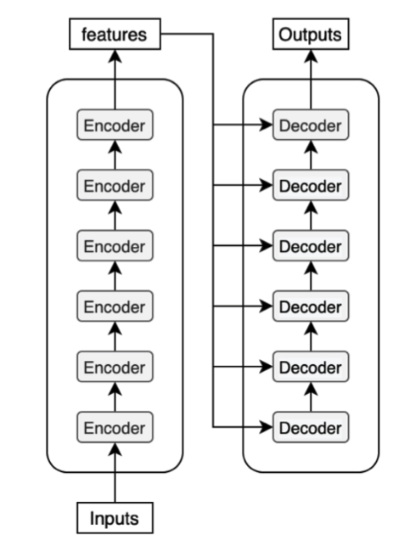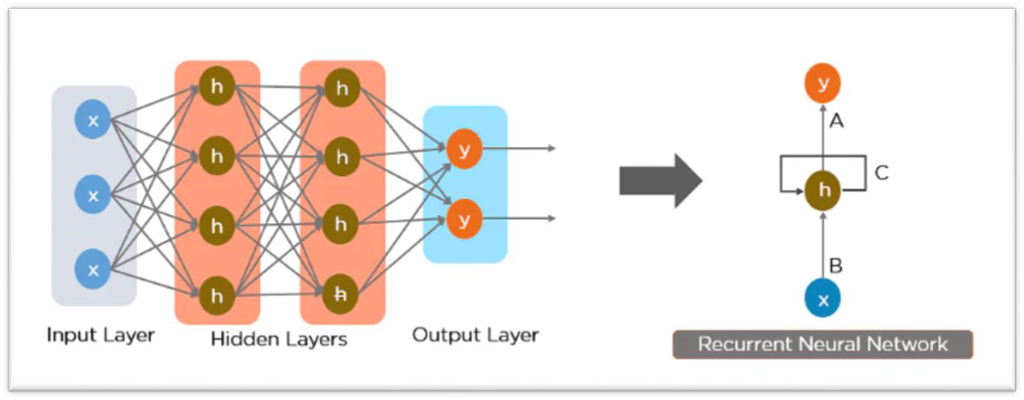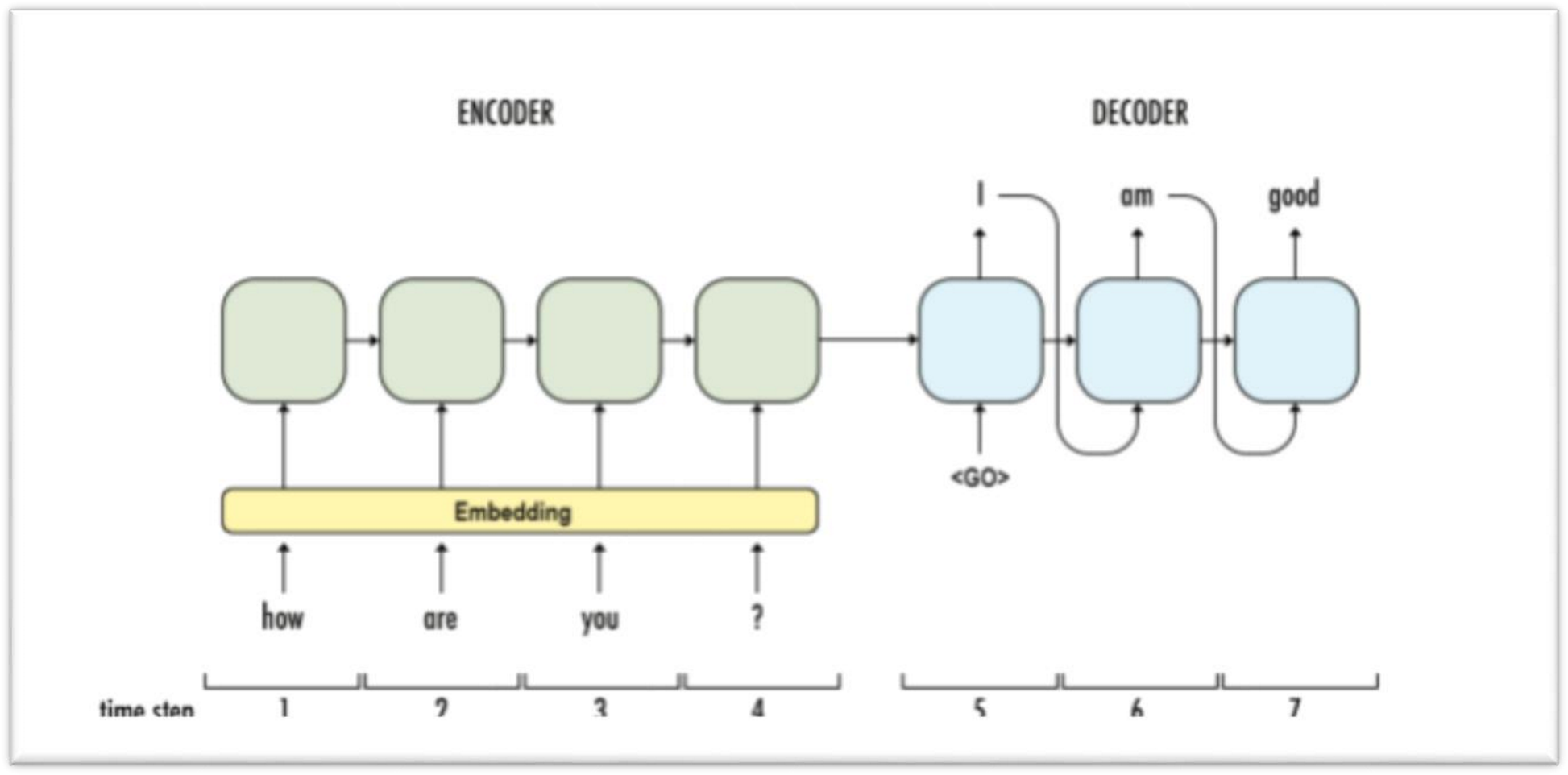
Table of Contents
What is the Chatbot?
Encoder Decoder Architecture with Attention of Chatbots . The goal of chat bot is to provide the conversation between a computer and a human there is a lot of research going on in this field of artificial intelligence to develop system that can perform this task however the generation based approaches that are currently being used in the development of those systems are promising this paper aims to provide a comprehensive overview of the various aspects of these systems including their capacities in terms of machine translation AL chat bot is mostly deployed by financial organizations like bank credit card companies business like online retail stores and startups virtual agents are adopted by business ranging from very small startup to large corporation.
Introduction
A chat bot which is the abbreviation for “chat plus robot” is a computer program that has conversations with human on any subject conversation al chat bot is a language recognition system that can carry on a question and answer dialogue with user with the user text or audio media can be used for communication nowadays we interact with our digital devices is largely restricted based on What features and accessibility device offers however simple it may be there is a learning curve associated with each new device we interact with chat bot solve this problem by interacting with a user using text autonomously chat boards are currently the easiest way we have for software to be native to humans because they provide an experience of talking to another person one of the very first chat boards was rule based it was proposed in 1966 by MIT professor Joseph Weizenbaum named as ELIZA since chat bot mimic an actual person artificial intelligence techniques are used to build them.
Methodology
Auto encoder is a type of neutral network that aims to give output with minimum error from decoder when we input data to encoder a generalized architecture of encoder decoder is which allows input and output to be different with effectiveness the outlet of input and output can be vary and diverse we briefly describe encoder decoder with RNN with two successful imported decoder implementations among them the first encoder decoder was base RNN network with attention based on multilayer perceptron while second describe the transformer encode decoder architecture that uses only a combination of feed forward neutral network with attention based on multiple heads.
What is RNN?
The RNN work on the principle of saving the output of a particular hidden layer and feeding this back to the input in order to predict the output of this layer. The X Is the input node H is the hidden node with multiple layers and why is the output node when data is input from node X it is transferred to the hidden layer H which consist of multiple layers each with its own activation functions and weights and biases data is processed in hidden layer H and output is given from node Y the limitation of RNN is that it works effectively only in small length of inputs data because it needs to compress data and give output for same length of data for large length of data it becomes difficult to compress large amount of data into fixed amount of vector yields poor performance.

RNN with Attention
It Consist of two RNN: encoder and a decoder encoder takes input process one word at a time its objective is to convert a sequence of word into a fixed size vector that includes only the important information discarding the unnecessary information you can visualize data information in the encoder along the time axis each hidden state influences the next hidden state in the final hidden state can be seen as a summary of sequence this state is called the context from the context the decoder generates another sequence one symbol at a time here at each time step a decoder is influenced by the context any previously generated symbol.

Transformer
They introduce the original transformer architecture for machine translation performing better and faster than RNN encoder decoder models which were the mainstream the encoder decoder architecture is used by the transformer the encoder extracts features from an input sentence which the decoder then used to generate an output sentence in transformer encoder in the transformer is made-up of several encoder blocks the encoder block process the input sentence and the output of the last encoded block becomes the input of the decoder. Decoder is also made-up of several decoder blocks decoded the input from encoder pass through each decoder and the last decoder block become the output.

Results
This article examines encoder-decoder architectures with attention for chat bots. The authors study different models, such as convolutional neural networks, recurrent neural networks, and transformers. They compare and analyze the performance of different architectures and attention mechanisms to create a more robust chat bot. The authors also evaluate the results on different datasets in order to further understand the effects of different architectures and attention mechanisms. The paper concludes that encoder-decoder architectures with attention are an effective and reliable way to build chat bots. The authors recommend the use of recurrent neural networks and transformers with an attention mechanism to achieve the best results. Overall, this paper provides an insightful review of encoder-decoder architectures with attention for chat bots and provides useful guidance for researchers and practitioners who are interested in building chat bots.
Conclusion
In conclusion, the paper has provided a thorough review of encoder-decoder architectures with attention for chat bots. The paper discussed various aspects of these architectures, such as the components of an encoder-decoder architecture, the various techniques used to improve the performance of chat bots, and the challenges of using these architectures. The review of related work highlighted the current state-of-the-art approaches and gave an insight into the advantages and disadvantages of each one. Finally, the paper discussed the potential applications of encoder-decoder architectures with attention for chat bots. The paper presented a comprehensive overview of the current state-of-the-art and a clear set of directions for future research. This paper is an invaluable resource for researchers in the field of natural language processing, providing a comprehensive review of the use of encoder-decoder architectures with attention for chat bots.
Future Work
In a recent paper, researchers have explored encoder-decoder architectures with attention for chat bots. This research paper looks at the various advances in natural language processing (NLP) capabilities and the use of these techniques in chat bots. The research team explored several encoder-decoder architectures and attention models and compared their performance. The results showed that these encoder-decoder architectures with attention can greatly improve the performance of chat bots. The paper also looked at the future of chat bot technology and how these encoder-decoder architectures with attention can be used to develop more sophisticated chat bots. The results of this research paper provide valuable insight into how chat bot technology can be improved and how it can be used in the future. This research paper shows the potential of encoder-decoder architectures with attention for chat bots. It is a valuable resource for anyone interested in learning more about this technology and its applications.
Also read here
-
How to design a 4 bit magnitude comparator circuit? Explanation with examples
-
What is the magnitude comparator circuit? Design a 3 bit magnitude comparator circuit
-
What are the synchronous counters? Explain with an example.
-
what are the half adder and full adder circuits?
-
what are the half subtractor and full subtractor circuits?
-
How to design a four bit adder-subtractor circuit?
-
What are number systems in computer?
-
Discuss the binary counter with parallel load? Explain its working with an example
-
how to draw state diagram of sequential circuit?
-
How to simplify a Boolean function using Karnaugh map (k-map)?
-
What are the flip flops and registers in digital design?
-
Define fan-in, fan-out, CMOS and TTL logic levels
-
what is the Canonical form representation of Boolean function?
-
What is difference between latches and flip flops?